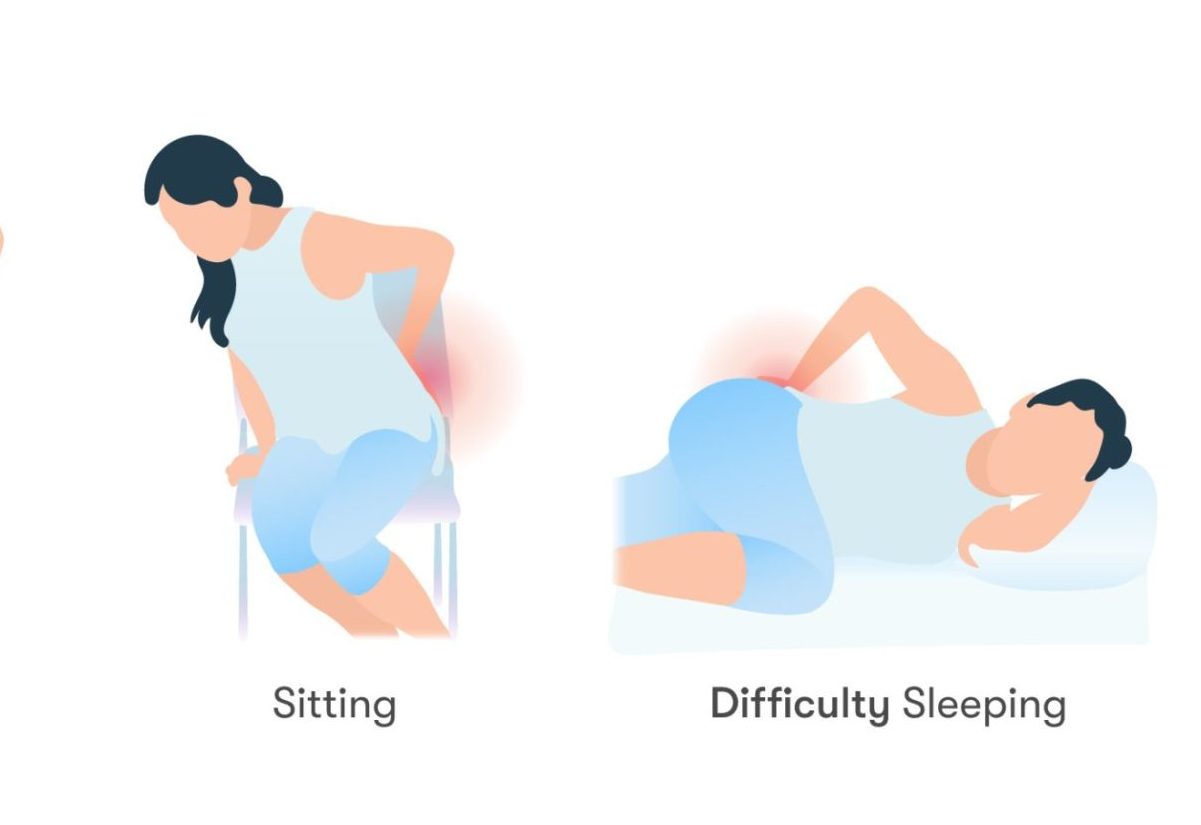Greater Trochanteric Pain Syndrome (GTPS), also known as trochanteric bursitis or hip bursitis, is a condition characterized by pain and tenderness on the outer side of the hip. It commonly affects individuals who engage in repetitive activities or have underlying hip muscle imbalances. GTPS can significantly impact daily activities and mobility, but with proper management, individuals can experience relief and improved function.
Physiotherapy plays a vital role in the treatment and rehabilitation of greater trochanteric pain syndrome, focusing on addressing the underlying causes and symptoms.
Applying the 5 stages of rehab can help individuals with GTPS achieve optimal outcomes and restore normal hip function.
Pain and symptom management: The initial stage of rehab is dedicated to reducing pain and managing symptoms associated with GTPS. Physiotherapists may recommend the use of ice or heat therapy to alleviate pain and inflammation, and then progress to soft tissue mobilization, and manual therapy techniques, such as joint mobilizations or myofascial release. Your physio will advise you on ergonomics and appropriate movement patterns. Suitable footwear and orthotics can be helpful by improving lower limb biomechanics and shifting load away from the painful hip structures.
Range of motion: Once pain is under control, the focus shifts to restoring and improving the range of motion in the hip joint. Physiotherapy exercises aim to gently stretch and mobilize the hip muscles, tendons, and soft tissues surrounding the greater trochanter. Specific stretching techniques, such as hip flexor and iliotibial band stretches, may be prescribed to enhance flexibility and reduce tension around the hip joint.
Motor control: Stage 3 of rehab involves improving neuromuscular control and stability around the hip joint. Physiotherapists design exercises targeting the hip muscles, including the gluteal muscles, hip abductors, and rotators. These exercises aim to strengthen and stabilize the hip joint, correcting any muscle imbalances that may contribute to GTPS. Proprioceptive training, balance exercises, and functional movements may also be incorporated to enhance motor control and improve overall hip function.
Strengthening: In stage 4, the emphasis is on strengthening the hip muscles to support and protect the affected area. Physiotherapy exercises may include targeted strengthening exercises for the gluteal muscles, hip abductors, and core muscles. Resistance training using weights, resistance bands, or bodyweight exercises can be utilized to progressively challenge and strengthen the muscles around the hip joint. Strengthening exercises help offload the stress on the greater trochanter and promote better biomechanics during functional activities.
Maintenance: The final stage of rehab focuses on maintaining the gains achieved in the previous stages and preventing the recurrence of symptoms. Individuals are encouraged to continue with a tailored exercise program that includes a combination of range of motion exercises, strengthening exercises, and functional movements. Physiotherapists provide guidance on proper body mechanics, posture, and activity modifications to minimize stress on the hip joint and prevent future flare-ups.
It’s important to note that the management of greater trochanteric pain syndrome is individualized, and treatment approaches may vary depending on the specific needs and goals of each individual. Physiotherapists work closely with their patients to develop personalized treatment plans and monitor progress throughout the rehabilitation process. By addressing the underlying causes and providing targeted interventions, physiotherapy can effectively manage greater trochanteric pain syndrome and improve overall hip function.
For more information regarding Greater Trochanteric Pain Syndrome (GTPS) please visit:
https://www.physio-pedia.com/Greater_Trochanteric_Pain_Syndrome
https://www.ncbi.nlm.nih.gov/pmc/articles/PMC5604828/


